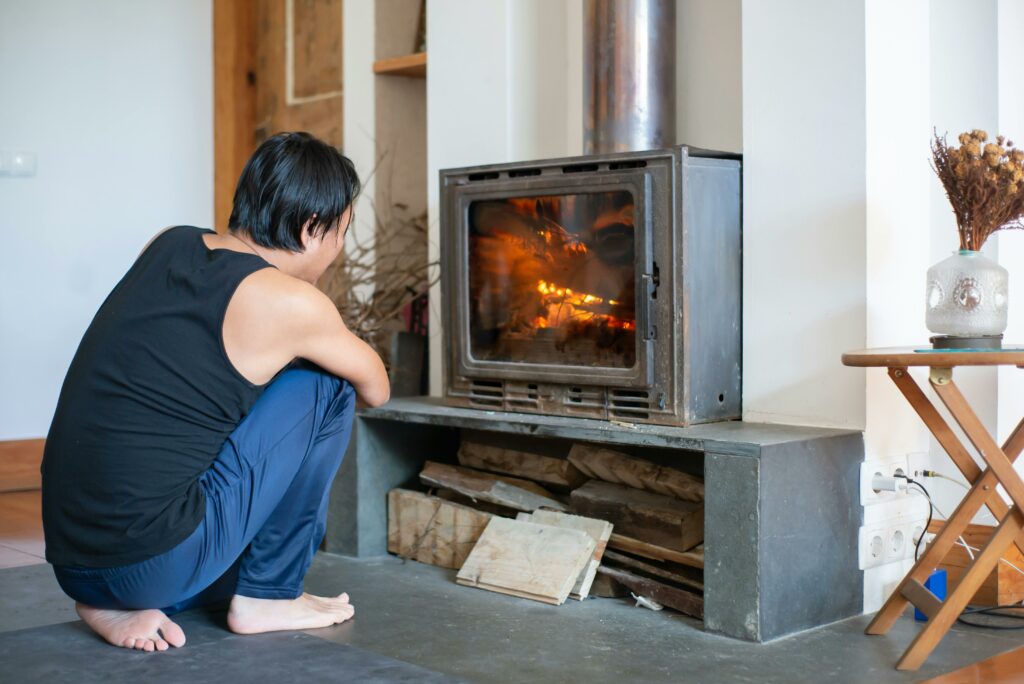How to Make Your Home’s Insulation Work Better All Year Round
Have you ever noticed that certain homes stay warm in the winter and cool in the summer without having to turn the thermostat up all the time? Smart insulation is the secret, not magic. A house with good insulation keeps you comfortable all year and cuts your energy expenditures. If you want to keep drafts out or just make your home more energy-efficient, here’s how to seal the deal (literally).

The first thing to do is check the windows and doors
Windows and doors are frequently to blame if your house feels draughty. Old weatherstripping gets worn down over time, which lets cold air in during the winter and cool air out during the summer. It’s straightforward and cheap to fix by taking off the old thing and putting on the new stuff. Thermal curtains or window films can give an extra layer of insulation without blocking sunlight. And what if there are gaps under the doors? A simple draft stopper (or simply a rolled-up towel) can do a lot.
Don’t forget about the attic
When it gets cold outside, warm air can easily escape via your attic. If the insulation up there is old or thin, you’re practically heating the whole neighbourhood. Adding fibreglass batts or blown-in cellulose can make a big difference. While you’re at it, look for air leaks around light fixtures, pipes, and vents. Sealing them with spray foam or caulk will keep warm air where it belongs.
Walls Are Important Too
Your walls might not have enough insulation if they feel cold in the winter. Professionals can add blown-in insulation to older homes without knocking down plasterboard. They drill small holes, fill them with insulation and then patch them up. If you’re remodelling, hard foam boards or spray foam might work even better.
Basements and crawl spaces: the energy drain you can’t see
People often forget about unfinished basements and crawl spaces, yet they are great places for heat to escape. Adding foam board or fibreglass to the walls of your basement can keep the floors above from getting cold. Sealing vents and providing a vapour barrier to crawl areas keeps moisture (and cold air) from getting in.
Small Changes, Big Savings
Even little fixes are useful. Gaskets behind light switches and outlets keep drafts out, while insulating hot water pipes keeps heat in. A programmable thermostat also makes sure that your heating and cooling systems aren’t working too hard while no one is home.
Last Tip: Balance is Important
Too much insulation can retain moisture, which can cause mould, while too little insulation wastes energy. Find the sweet spot: enough to make your home pleasant without making the air quality worse.
It’s not just about comfort when your home is well-insulated; it’s also about efficiency. These changes will keep you warm in the winter, cool in the summer, and save you money all year long. Who’s ready to stop arguing with the thermostat now?







